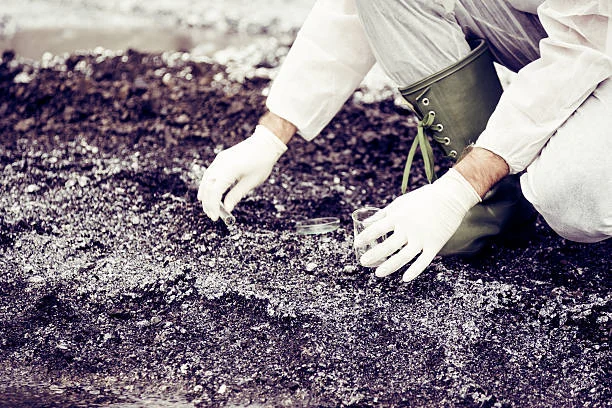
Introduction
Sodium cyanide (NaCN) is a highly toxic inorganic compound widely used in various industrial processes, such as gold mining, electroplating, and chemical synthesis. Due to its extensive applications, there is a significant risk of sodium cyanide entering the environment, where it can cause severe damage to soil quality and ecological balance. This article aims to comprehensively explore the impact of Sodium Cyanide on the soil and the broader environment.
Properties of Sodium Cyanide
Sodium cyanide is a white, crystalline solid with a faint, bitter almond odor. It is highly soluble in water, forming a strongly alkaline solution. This solubility allows it to spread easily in the environment, especially in aquatic systems. In addition, Sodium cyanide is a strong reducing agent and reacts readily with many substances, including acids, metals, and oxidizing agents. These chemical properties contribute to its potential for environmental harm.
Routes of Sodium Cyanide Entering the Environment
Industrial Discharges
In industries like gold mining, sodium cyanide is used to extract gold from ores. The large - scale use of this chemical can lead to significant discharges into the environment. For example, tailings from gold mines often contain residual sodium cyanide, which can be released into nearby water bodies and soil if not properly managed. Similarly, in electroplating industries, wastewater containing sodium cyanide may be discharged without adequate treatment, posing a threat to the surrounding environment.
Accidental Spills
Accidents during transportation or storage of sodium cyanide can result in large - scale spills. These spills can contaminate soil, surface water, and groundwater. For instance, if a tanker carrying liquid sodium cyanide overturns, the chemical can quickly seep into the soil, affecting the soil's chemical and biological properties. In some cases, spills can also lead to the formation of hydrogen cyanide gas, which can disperse into the air, causing harm to both humans and the environment.
Impact on Soil
Chemical Changes in Soil
When sodium cyanide enters the soil, it can undergo hydrolysis, releasing cyanide ions (CN⁻). These cyanide ions can react with various soil components. For example, they can form complexes with metal ions in the soil, such as iron, copper, and zinc. This can alter the availability of these essential metals for plants, disrupting normal plant growth processes. In addition, the presence of cyanide can change the soil's pH. As sodium cyanide is a strong base, it can increase the soil's alkalinity, which may not be suitable for many plant species that prefer a more neutral or acidic soil environment.
Effects on Soil Microorganisms
Soil microorganisms play a crucial role in maintaining soil fertility and nutrient cycling. However, sodium cyanide is highly toxic to these microorganisms. Even at low concentrations, cyanide can inhibit the growth and activity of bacteria, fungi, and other soil - dwelling microorganisms. For example, it can disrupt the nitrogen - fixing ability of certain bacteria, which is essential for plants to obtain nitrogen, a vital nutrient. This can lead to a decrease in soil fertility over time and a reduction in the overall productivity of the soil ecosystem.
Impact on Plant Growth
Plants growing in soil contaminated with sodium cyanide face multiple challenges. The uptake of cyanide by plant roots can interfere with their respiratory processes. Cyanide binds to cytochrome oxidase, an enzyme involved in cellular respiration, blocking the electron transport chain and preventing the production of ATP, the energy currency of the cell. As a result, plants may experience stunted growth, yellowing of leaves (chlorosis), and in severe cases, death. Additionally, the altered soil chemistry and reduced microbial activity due to sodium cyanide contamination further exacerbate the negative impact on plant growth.
Impact on the Environment
Water Pollution
Sodium cyanide in the environment can easily find its way into water bodies. Once in water, it dissociates into cyanide ions, which are extremely toxic to aquatic organisms. Even at very low concentrations (in the range of micrograms per liter), cyanide can be lethal to fish, invertebrates, and other aquatic life. It can disrupt the respiratory systems of these organisms, leading to suffocation. Moreover, the presence of cyanide in water can also affect the quality of drinking water sources. If cyanide - contaminated water is used for human consumption, it can cause serious health problems, including respiratory distress, dizziness, and in extreme cases, death.
Air Pollution
Although less common, sodium cyanide can contribute to air pollution. In the presence of acids or under certain environmental conditions, sodium cyanide can react to form hydrogen cyanide gas (HCN). Hydrogen cyanide is a volatile and highly toxic gas. It can be released into the air during industrial processes, accidental spills, or when cyanide - contaminated soil or water is exposed to acidic substances. Once in the air, hydrogen cyanide can be inhaled by humans and animals, causing damage to the respiratory system, eyes, and other organs.
Ecological Imbalance
The widespread contamination of soil and water by sodium cyanide can lead to significant ecological imbalances. The death of aquatic organisms and the decline in soil - based plant growth can disrupt entire food chains. For example, if fish populations decline due to cyanide - contaminated water, this can have a cascading effect on predators that rely on fish for food. In addition, the loss of plant cover in soil - contaminated areas can lead to increased soil erosion, further degrading the environment.
Treatment and Prevention of Sodium Cyanide Pollution
Treatment of Contaminated Soil and Water
There are several methods for treating soil and water contaminated with sodium cyanide. In water treatment, chemical oxidation methods are commonly used. For example, adding chlorine or hydrogen peroxide to cyanide - contaminated water can oxidize cyanide ions to less toxic forms, such as cyanate (CNO⁻) or carbon dioxide and nitrogen gas. In soil treatment, bioremediation can be an effective approach. Some microorganisms, such as certain bacteria and fungi, have the ability to break down cyanide into less harmful substances. By introducing these microorganisms into contaminated soil, the cyanide levels can be reduced over time.
Prevention of Sodium Cyanide Pollution
To prevent sodium cyanide pollution, industries must implement strict safety and environmental management practices. In the mining industry, for example, proper containment and treatment of tailings are essential. This includes using lined tailings ponds to prevent the leakage of cyanide - containing tailings into the surrounding environment. In addition, industries should invest in alternative technologies that reduce or eliminate the use of sodium cyanide. For instance, some mining operations are exploring the use of non - cyanide - based methods for gold extraction, such as thiosulfate leaching, which is less harmful to the environment.
Conclusion
Sodium cyanide poses a significant threat to soil quality and the overall environment due to its high toxicity and reactivity. The chemical can cause extensive damage to soil chemistry, soil microorganisms, and plant growth, as well as pollute water and air, leading to ecological imbalances. However, through proper treatment of contaminated media and the implementation of preventive measures in industries, the negative impact of sodium cyanide on the environment can be mitigated. It is crucial for industries, governments, and society as a whole to recognize the importance of managing sodium cyanide use and contamination to safeguard the environment and human health.
- Random Content
- Hot content
- Hot review content
- Dithiophosphate 25S
- IPETC 95%Metal sulfide mineral collector Z-200
- Sodium Sulfide Industry Grade 60% 30ppm/150ppm Yellow/ Red Flakes Na2s
- Food Grade Ammonium Sulphate
- Triethanolamine(TEA)
- Fertilizer magnesium sulfate/magnesium sulfate monohydrate
- 2-Hydroxyethyl acrylate (HEA)
- 1Discounted Sodium Cyanide (CAS: 143-33-9) for Mining - High Quality & Competitive Pricing
- 2Sodium Cyanide 98% CAS 143-33-9 gold dressing agent Essential for Mining and Chemical Industries
- 3Sodium Cyanide 98%+ CAS 143-33-9
- 4Anhydrous Oxalic acid 99.6% Industrial Grade
- 5China's New Regulations on Sodium Cyanide Exports and Guidance for International Buyers
- 6Oxalic acid for mining 99.6%
- 7Reagent Grade/Industrial Grade Hydrochloric Acid min.31%
- 1Sodium Cyanide 98% CAS 143-33-9 gold dressing agent Essential for Mining and Chemical Industries
- 2High Quality 99% Purity of Cyanuric chloride ISO 9001:2005 REACH Verified Producer
- 3 High-Quality Sodium Cyanide for Leaching
- 4Powdery emulsion explosive
- 5Industry Grade Electron grade 98% Sulfuric Acid H2SO4 Sulphuric Acid Battery Acid Industrial Sulfuric Acid
- 6Colloidal emulsion explosive
- 7sodium hydrosulfide 70% flakes used Mining Industry


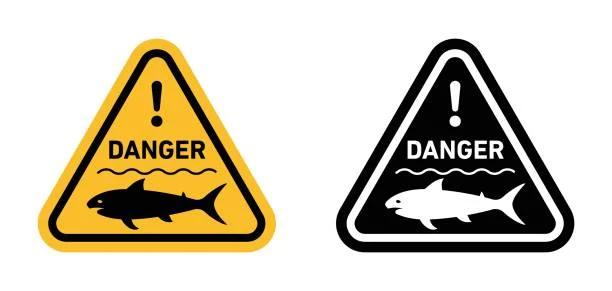
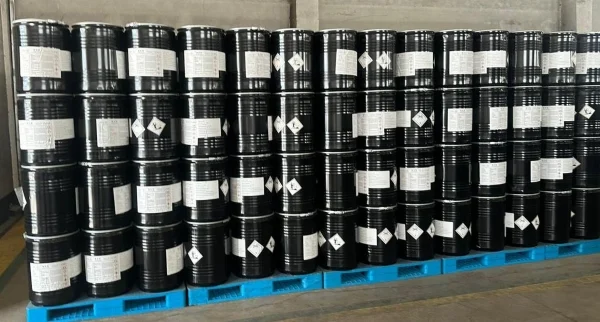
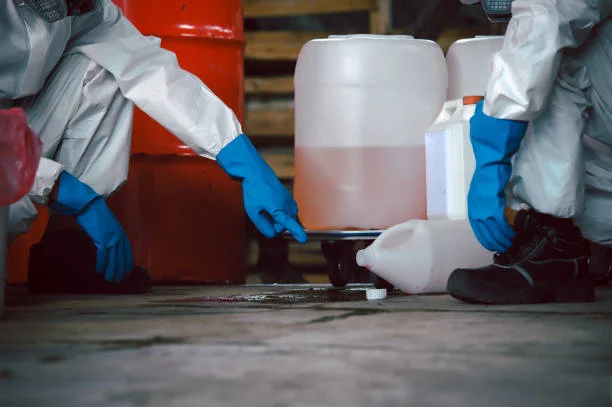
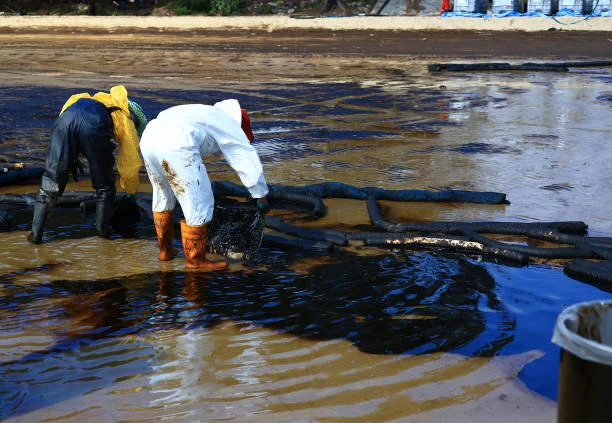

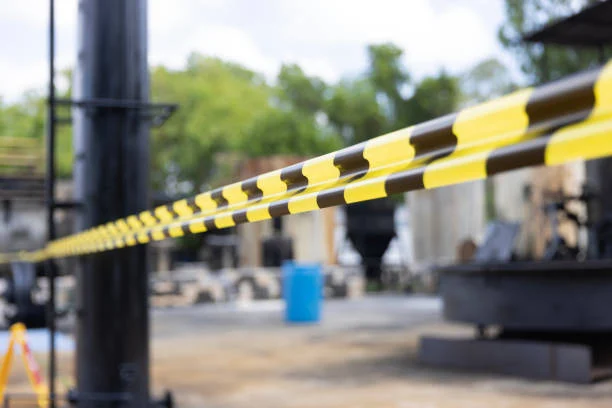
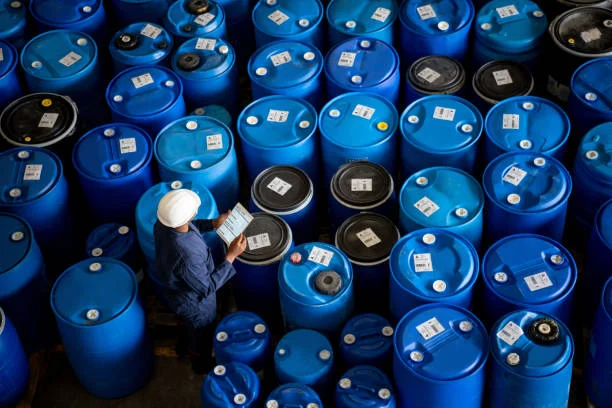


Online message consultation
Add comment: